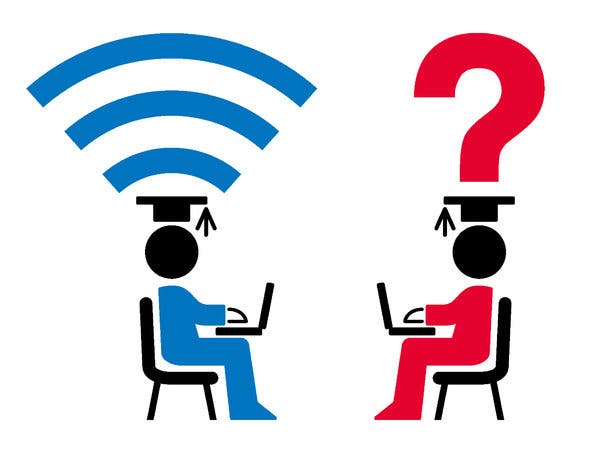Virtual class room software for universities because science has always made our lives easy, efficient, more productive and meaningful. The virtual classroom is yet another application of science and technology to make the classroom lectures available to anyone, anywhere and anytime. The concept is being practiced in various universities for some selected subjects as of now and universities even plan to scale this process in the near future. It is the same as our traditional classrooms but on a computer available to many viewers at the same time who are available at different locations in the world. Sounds cool right? Well, it is. Imagine you could take lectures of any professor in the world by just sitting at your home and faculties could give lectures to any of their students too. The concept definitely has certain pros.

One of the major pros would be accessibility. A virtual class can be accessed by anyone who has a digital device (computer, laptop, mobile), anywhere and anytime (if the class is not live). It kills the geographical distances and makes distance no more a barrier.
Virtual classes are affordable and cheaper than traditional classrooms, as the latter one requires a good physical infrastructure, equipment’s, teacher’s availability, other miscellaneous things. On the other hand, virtual classrooms are not much dependent on all the above things as lectures could be recorded in a normal room, anytime by the teacher and can be watched by students as per their time and need.
Virtual classes are easily scalable. In a traditional classroom, if one wants to scale it for a greater number of students then a new classroom is required, a teacher might be, new infrastructure etc. Whereas in virtual class you can give access to any new number of students and they can watch the lectures, you might need more servers after a certain time, but they are easily available on rent.

It is because of virtual classes, one can now access lectures of any teacher, anywhere which wasn’t possible in traditional classrooms. There are now no such boundaries or barriers to education. Many courses that were not available to masses are not now easily accessible because of virtual classes. There are two sides to every coin. On one side Virtual classes are a great breakthrough and helping a lot of universities and students but on the other hand, it has its own cons. There are two sides to every coin. On one side Virtual classes are a great breakthrough and helping a lot of universities and students but on the other hand, it has its own cons.

One possible disadvantage would be missing a proper classroom scenario where students learn together and share their experiences, knowledge, understanding with each other while learning. It is very difficult to create such an experience in virtual classrooms where students don’t sit together physically but access and learn as per their availability.
Other would-be the need for real-time doubt clearance and assistance. Since most of the virtual classes are recorded lectures it is difficult to clear doubts at that time. Students and teachers might have to connect again for these extra classes and teachers might have to clear the same doubt more than once to more than one student as students aren’t connected and not discussing the doubts in real-time. This could reduce the productivity of the whole virtual class concept.
Having said, every technology has its own pros and cons, but we should always look at the brighter side and work in the cons at the same time. Improvements and new developments are being made in virtual class software’s and soon we all would be using these software’s on a larger scale.

